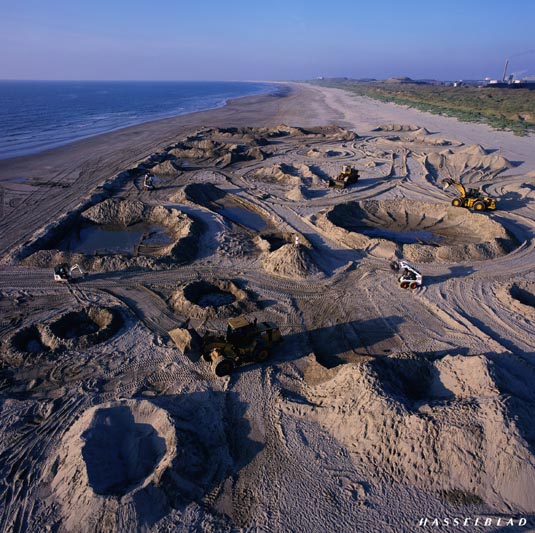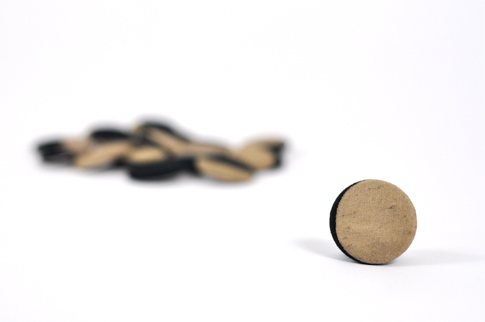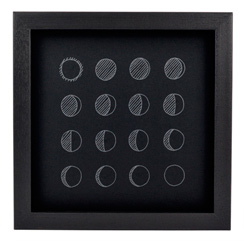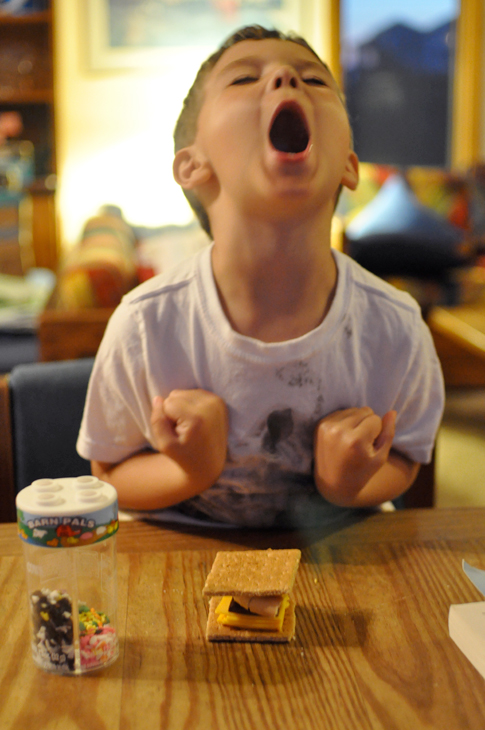Next Up: Whitney Lynn
bay area blog events news TPG12
We’re proud to announce that the artist for TPG12 is Whitney Lynn!
Whitney Lynn is a multi-media artist who explores the messy intersections between political, military, and civilian cultures. Her work has been exhibited at venues such as Exit Art, New York; Southern Exposure, San Francisco; the Headlands Center for the Arts, Sausalito, CA; and the 1708 Gallery, Richmond, VA. She is the recipient of travel grants from the College Art Association and the Southeastern College Art Conference and her work has received critical attention from a number of publications including The New York Times, Daily Serving and Style Weekly. Born on an Air Force Base in Williams, AZ, she received her BFA in Sculpture + Extended Media from Virginia Commonwealth University and her MFA in New Genres from the San Francisco Art Institute.
Whitney will be exihibiting as part of Southern Exposure’s “Bellwether” exhibition, their inaugural exhibition in their new space on 20th Street in San Francisco’s Mission District. From the website:
The artists in Bellwether engage in multi-layered speculative projections on our ever shifting and uncertain future. Whether by indulging in their hopeful fantasies or examining their trepidation, the artists provide unique and perhaps unconventional tools and methodologies for envisioning and navigating the unknown. Through anticipation and fear, excitement and anxiety, prediction and instruction, the projects in this exhibition begin to give form to the haziness that lies ahead.
Whitney’s project, Bug Out Location, is a sculptural installation that draws inspiration equally from survivalist subcultures and more left leaning do-it-yourself (DIY) movements. She will also be hosting a Do-It-Yourself (DIY) Survivalist Training Workshop, which will cover survivalist preparation strategies and sustainability techniques in anticipation of economic, environmental, social, and/or governmental collapse.
Details:
Bellwether
October 17, 2009 – December 12, 2009
Member’s Opening: Friday, October 16, 2009, 8:00 – 10:00 pm
Public Opening: Saturday, October 17, 2009, 4:00 – 10:00 pm
SoEx’s New Location:
3030 20th Street
San Francisco, CA 94110
DIY Survivalist Training Workshop: November 21, 2009 2:00 PM – 4:00 PM

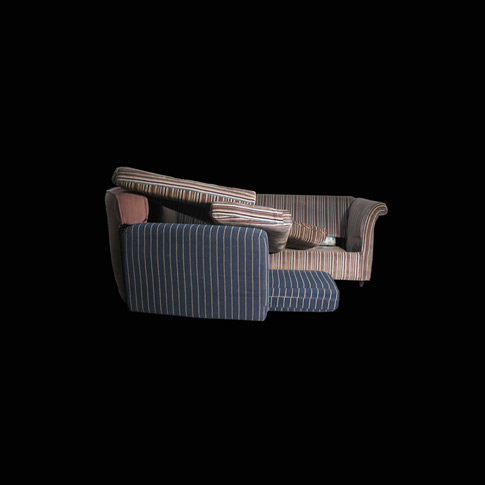
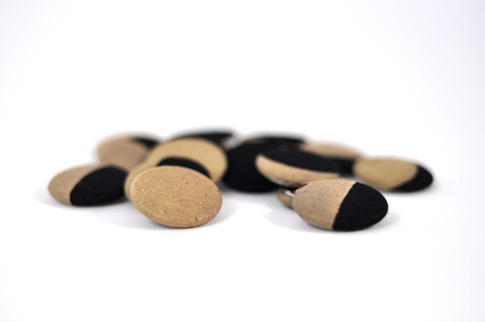
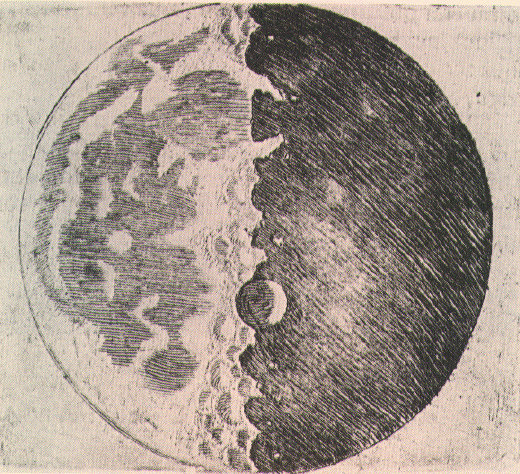 Galileo Galilei’s Moon Drawing
Galileo Galilei’s Moon Drawing